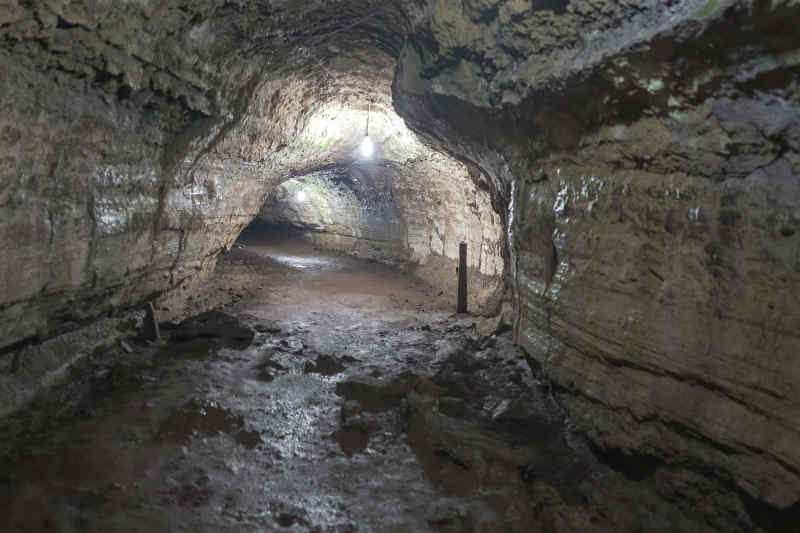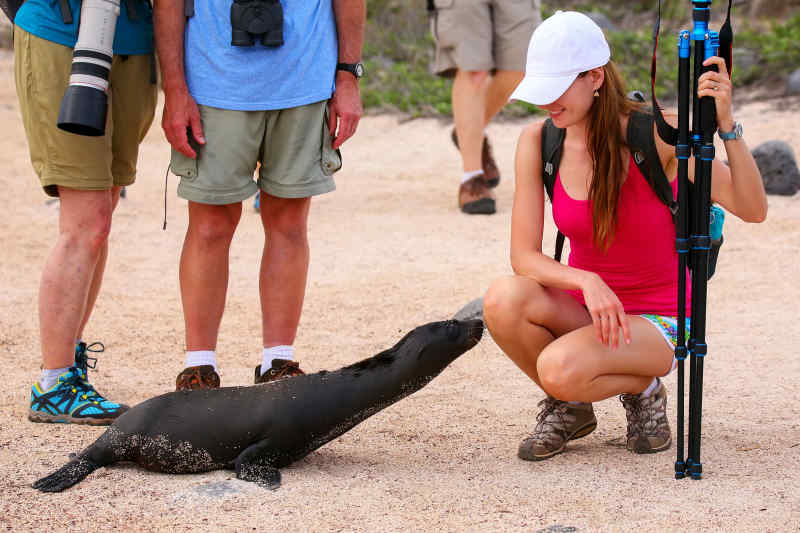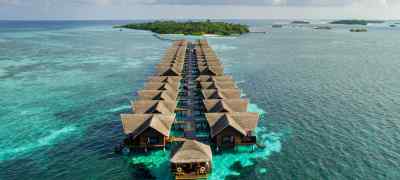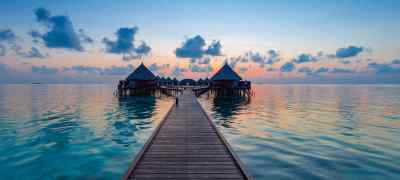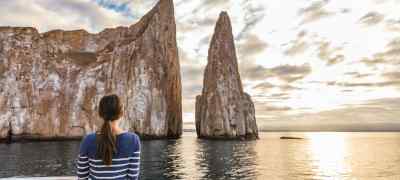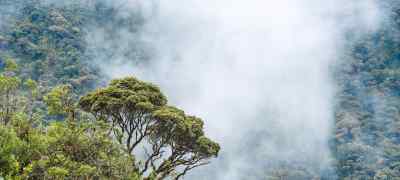By Caitlin Hornik
Visiting the Galapagos Islands? Here is some helpful information to assist you in planning your trip!
[View Vacation Packages >]/trips-to/latin-america/ecuador
Geography
The Galapagos Islands are a volcanic archipelago located just over 600 miles off of the coast of Ecuador. There are about 20 islands, with 13 of them considered to be “main” islands. The Galapagos Islands are a province of Ecuador, so the islands follow Ecuadorian laws. 97% of the islands have been declared a national park because of their scientific and environmental significance.
Volcanoes
The Galapagos Islands do, in fact, have active volcanoes! There have been about 13 eruptions during the last 100 years. One of the more recent eruptions happened on Isabela Island in 2015. Non-explosive eruptions happen every few years. Most, if not all, of the volcanoes here are shield volcanoes. Named for being low-profile, shield volcanoes are made of fluid lava flows and have not changed much since they were generated. A unique feature that these volcanic islands offer visitors is the opportunity to walk through a lava tunnel! Many are located on Santa Cruz Island near Puerta Ayora.
Getting There
The Galapagos Islands do not have an international airport. Visitors to the islands must fly to mainland Ecuador first, then board a plane to either Baltra Island or San Cristobal Island. From there, you can take a ferry ride to Puerto Ayora. You do not need a visa to enter Ecuador! A valid passport will do. Be sure that your passport is valid for at least six months AFTER your dates of travel!
Additional Fees
All visitors to the Galapagos Islands need to acquire a Transit Control Card. These can be purchased for approximately $20 USD (cash only!) in either the Quito or Guayaquil airports prior to embarking a flight to the Galapagos. Upon arrival at the Galapagos airports, international travelers will be required to pay a National Park entrance fee. A one-time payment of $100 USD will be collected, which goes towards helping the Ecuadorian government with conserving and protecting the unique environment of the islands.
Cruises
One of the best ways to see the many islands is via boat tour or cruise! Many of the islands do not permit visitors without a guide, so if you’re looking to visit more than one island or experience a less touristy spot, this is definitely the way to go. Many cruise tours depart from Puerto Ayora, as it’s a central hub. Many of the boat tours are limited to a small number of passengers so as not to overwhelm the beaches on the small islands.
Main Islands
As previously stated, there are 13 larger, main islands in the Galapagos. They are Isabela Island, Santa Cruz Island, San Cristobal Island, Fernandina Island, Santiago Island, Floreana Island, Española Island, Marchena Island, Pinta Island, Santa Fé Island, Baltra (South Seymour) Island, Genovesa Island, and Pinzon (Duncan) Island.
Puerto Ayora
Puerto Ayora, the capital of Santa Cruz Island, is considered to be the most tourist-heavy area in the Galapagos Islands due to its larger size. If visiting the Galapagos, it is highly likely that you’ll pass through or even spend a night in Puerto Ayora. This is definitely the place to do any souvenir shopping, as other islands you visit may not have many shops! Talk to the locals here to find the best restaurants and most authentic experiences.
Weather
There is generally not a bad time of year to visit the Galapagos Islands! June through August is generally the height of the tourism season due to the cooler temperatures - and by cooler, we’re talking approximately 79F. June through November is the dry season, whereas December through May is the hot season. Generally, the Galapagos does not receive an abundance of rainfall. If it does happen to rain, it’ll be during the hot season. Temperatures range year-round between 79 and 86 degrees Fahrenheit, with the water temperatures slightly cooler at 71 to 78 degrees Fahrenheit!
No Daylight Savings
Due to its location on the Equator, the days here are equal in length year-round. This means that no matter what time of year you visit, there will always be 12 hours of daylight! This gives visitors to the islands equal opportunity to see all types of wildlife, including nocturnal animals!
Health and Wellness
There are no vaccines required for guests to enter Ecuador and the Galapagos Islands. However, it is suggested that travelers receive Yellow Fever, Hepatitis A, and Typhoid vaccinations if your vacation extends into the Amazon and other coastal South America regions. It is a requirement to have health insurance if traveling to Ecuador. You must acquire insurance if you don’t already have it in your country of residency prior to your trip. It is also highly recommended to purchase travel insurance with your trip!
Galapagos Laws
The Galapagos National Park has instituted rules and regulations to maintain the biodiversity of the islands. These regulations include limiting the number of people on some of the islands, restricting the consumption of single-use plastics, prohibiting the removal of elements from the ecosystem, and implementing a “no tampering” law. It is important to familiarize yourself with these rules and regulations before your trip. As a visitor to a destination with incredible biodiversity, you want to ensure that you are respecting the ecosystem at all times! Learn more about the Galapagos National Park rules.
Wildlife
Penguins, boobies, lizards, turtles - Galapagos has it all! The islands are actually the only place in the Northern Hemisphere where you can see penguins in their natural habitat. Due to its location and isolated nature, many of the species of wildlife found here are not found elsewhere. Visit a Giant Tortise breeding center, see a marine iguana on Fernandina Island, and watch penguins waddle on Isabela Island! The wildlife watching alone is worth the price of the plane ticket!
Birthplace of The Theory of Evolution
If you see or hear a lot about Charles Darwin as you’re planning your trip, that’s because he visited back in 1835. During this visit, Darwin observed the unique species that inhabit the islands. This inspired his great Theory of Evolution & Natural Selection!

